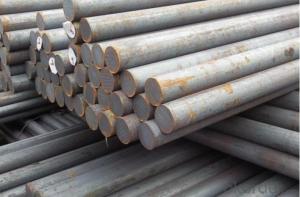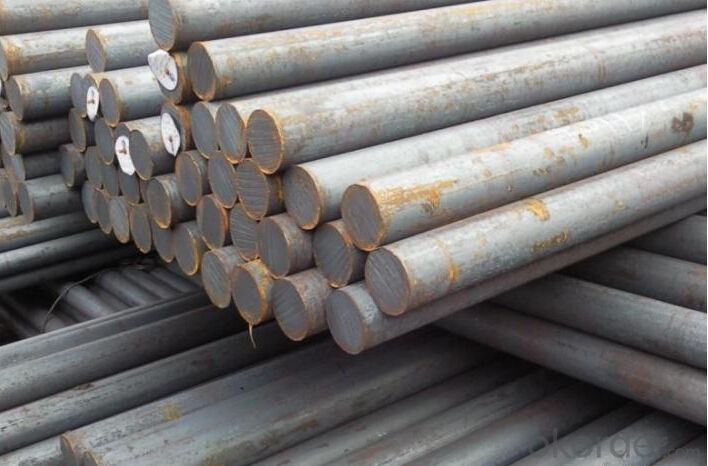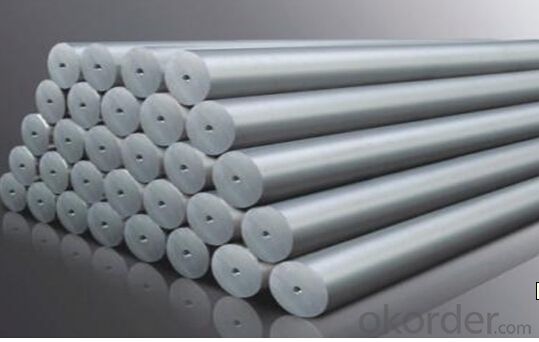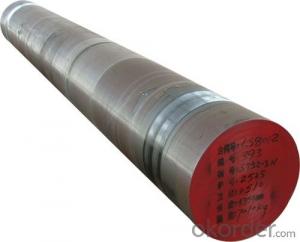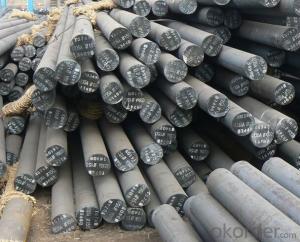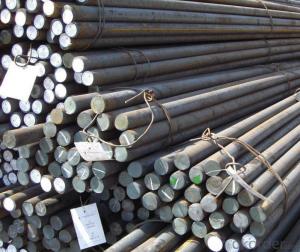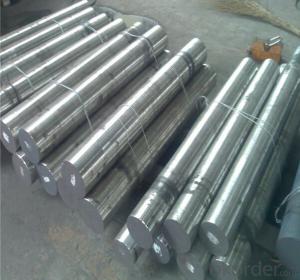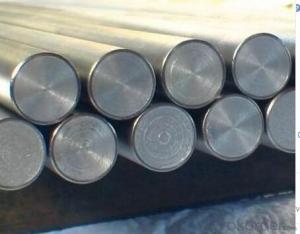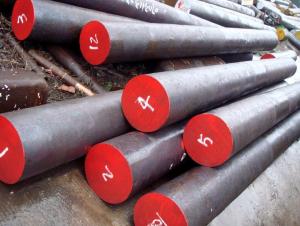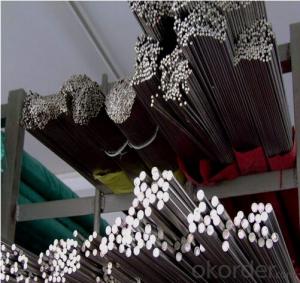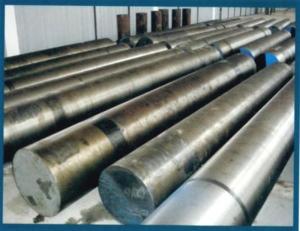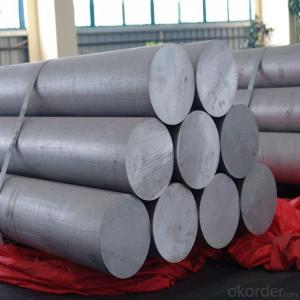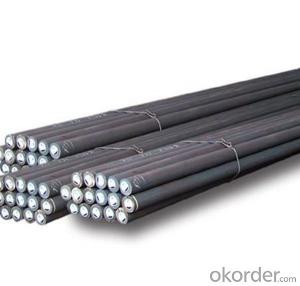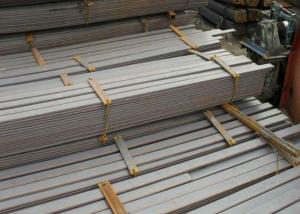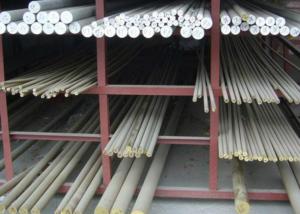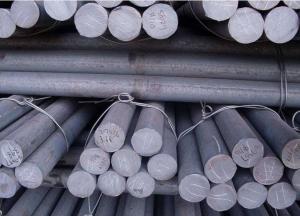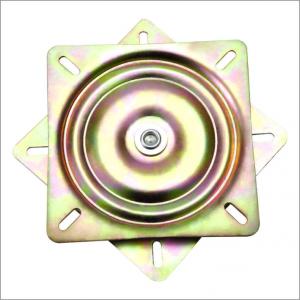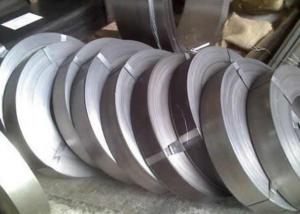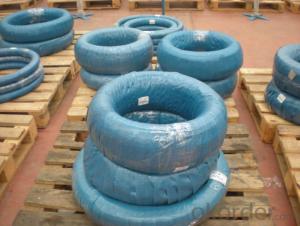GCr15 Special Steel with High Heavy and High Quality
- Loading Port:
- Shanghai
- Payment Terms:
- TT OR LC
- Min Order Qty:
- 3 m.t.
- Supply Capability:
- 10000 m.t./month
OKorder Service Pledge
OKorder Financial Service
You Might Also Like
Specification
Products Specifications:
We have the CNC computer spring machine, non-cam and non-rocker, independent control by multiple servo motor, which can produce the biggest diameter spring. Fast production, precision positioning, steady operation. | |
Wire diameter: | 0.08mm-10mm. Size and style are made by drawings. |
Materials: | adopt the domestic and imported swc, sus, swp, mild steel wire, manganese steel wire, phosphorus copper wire, nickel-plated wire, zinc-plated wire, tin-plated copper wire, nickel-plated steel wire, non-magnetic stainless steel wire, heat-resistant steel wire, duplex stainless steel wire(corrosion resistant and heat resistant steel wire), bronze, copper, phosphorus copper, beryllium copper. Alloy steel has 60Si2MNA, 60Si2CRVA, 55CrSi. |
Surface treatment: | plate gold, silver, white, red yellow, blue, green, purple, black, etc., salt spray test more than 100 H. Appearance beautiful and bright. |
Application: | electronics, electrical appliances, toys, locks, stationery, furniture, washing machines, vacuum cleaners, lamps and lanterns, stroller, bicycle, gift, handicraft, gifts, cameras, printers, office equipment, precision equipment, all kinds of transportation, car accessories, sports equipment, switches, sockets, water heater, calculator, watches, ignition, mouse, motor, mobile phone, mementoes, fan, video DVD, etc |
Product Applications:
High Heavy and High Quality Bearing Steel GCr15 are ideal for structural applications and are widely used in the construction of buildings and bridges, and the manufacturing, petrochemical, and transportation industries.
Chemical Composition:
Grade | AISI 52100, ASTM E52100, DIN 1.3505,JIS SUJ2, GCr15 |
| Length: 2000-13000mm or as required |
Shape | Round Bar |
Type | Alloy Steel Bar |
Delivery Condition | Black Surface |
Material | Bearing Steel |
Technique | Hot Rolled |
Product Advantages:
OKorder's High Heavy and High Quality Bearing Steel GCr15 are durable, strong, and resist corrosion.
Main Product Features:
· Premium quality
· Prompt delivery & seaworthy packing (30 days after receiving deposit)
· Corrosion resistance
· Can be recycled and reused
· Mill test certification
· Professional Service
· Competitive pricing
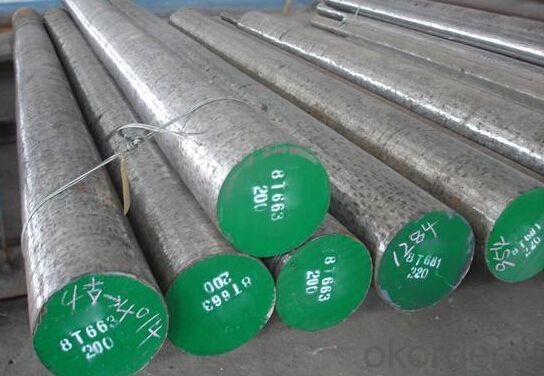

- Q: What are the requirements for special steel used in low-temperature applications?
- Special steel used in low-temperature applications must meet certain requirements to ensure its performance and reliability in such conditions. These requirements primarily revolve around three key factors: toughness, resistance to brittle fracture, and corrosion resistance. Toughness is of utmost importance in low-temperature applications because it determines a material's ability to absorb energy and resist cracking or fracturing. Special steel for low-temperature applications should have high toughness, which is typically achieved through the addition of certain alloying elements such as nickel and manganese. These elements enhance the steel's ability to withstand impact loads and prevent catastrophic failures. Resistance to brittle fracture is another crucial requirement for steel used in low-temperature environments. At low temperatures, steel becomes more susceptible to brittle fracture, which can occur without any significant deformation or warning. To mitigate this risk, special steel for low-temperature applications undergoes specific heat treatment processes to refine its microstructure and improve its resistance to brittle fracture. Corrosion resistance is also an essential requirement for special steel used in low-temperature applications. Low temperatures can often lead to the formation of ice or condensation, which can introduce moisture and potentially corrosive substances to the steel's surface. Therefore, the steel must have excellent corrosion resistance properties to prevent degradation and maintain its structural integrity over time. This is commonly achieved through the addition of corrosion-resistant elements such as chromium and molybdenum. In addition to these primary requirements, other factors such as dimensional stability, weldability, and cost-effectiveness should also be considered when selecting special steel for low-temperature applications. The material should have good dimensional stability to ensure it retains its shape and mechanical properties under varying temperature conditions. It should also be easily weldable to facilitate construction and maintenance processes. Moreover, the selected steel should be cost-effective, balancing its performance with the overall project budget. Overall, special steel used in low-temperature applications must possess high toughness, resistance to brittle fracture, and corrosion resistance. Meeting these requirements ensures the steel's reliability and longevity in challenging low-temperature environments, allowing for safe and efficient operation in various industries such as cryogenic storage, oil and gas exploration, and transportation.
- Q: What are the different types of high-speed steel?
- There are several different types of high-speed steel, including M1, M2, M42, and T1. These variations have different compositions and properties, such as varying levels of tungsten, molybdenum, and vanadium, which affect their hardness, toughness, and heat resistance.
- Q: How is special steel used in the manufacturing of cutting tools?
- Special steel is used in the manufacturing of cutting tools because of its high hardness, toughness, and wear resistance. This type of steel can be heat-treated to achieve the desired hardness and can retain its cutting edge for a longer period. It is commonly used in the production of drills, saw blades, and milling cutters to ensure efficient and precise cutting operations.
- Q: How does special steel contribute to the pharmaceutical industry?
- Special steel plays a crucial role in the pharmaceutical industry by offering exceptional strength, corrosion resistance, and durability. It is used in the manufacturing of various equipment and components such as storage tanks, reactors, piping systems, and precision instruments. The unique properties of special steel ensure the integrity and purity of pharmaceutical products, prevent contamination, and enable efficient and safe production processes.
- Q: What are the different nitriding techniques used for special steel?
- There are three main nitriding techniques used for special steel: gas nitriding, salt bath nitriding, and plasma nitriding. Gas nitriding involves exposing the steel to ammonia gas at high temperatures, resulting in the diffusion of nitrogen into the surface. Salt bath nitriding involves immersing the steel in a bath of molten salt containing nitrogenous compounds, allowing for nitrogen diffusion. Plasma nitriding, on the other hand, uses a low-pressure plasma to bombard the steel surface with nitrogen ions, creating a hardened layer. Each technique offers unique advantages and is chosen based on the specific requirements and properties desired for the special steel.
- Q: How does special steel contribute to the automotive engine industry?
- Special steel plays a crucial role in the automotive engine industry by providing superior strength, durability, and performance to various engine components. The unique properties of special steel make it an ideal choice for manufacturing critical parts, such as crankshafts, connecting rods, camshafts, valves, and cylinder liners. One of the key contributions of special steel to the automotive engine industry is its exceptional strength and resistance to high temperatures. Special steel alloys are designed to withstand the intense heat and pressure generated within an engine, ensuring that these components maintain their structural integrity and functionality under extreme conditions. This durability translates into increased engine efficiency, reliability, and longevity. Moreover, special steel's superior mechanical properties, including high tensile and impact strength, allow for the production of lighter yet stronger engine components. By reducing the weight of these parts, special steel helps to enhance fuel efficiency and reduce emissions, making it an environmentally friendly choice for automotive manufacturers. Special steel also contributes to the automotive engine industry by enabling the production of more complex and precise engine components. The excellent machinability and formability of special steel alloys allow for intricate designs, tighter tolerances, and improved performance. This, in turn, contributes to the overall efficiency and power output of the engine. Furthermore, special steel's corrosion resistance properties are crucial in preventing engine components from deteriorating over time. The ability to resist rust and other forms of corrosion ensures that the engine operates at optimal levels for an extended period, reducing maintenance costs and improving overall performance. In summary, special steel's unique properties, including strength, durability, heat resistance, and corrosion resistance, make it an essential material in the automotive engine industry. Its contribution lies in providing superior performance, efficiency, and longevity to critical engine components, ultimately enhancing the overall driving experience for consumers.
- Q: How is boron steel used in automotive safety applications?
- Boron steel is used in automotive safety applications due to its exceptional strength and ability to absorb and dissipate energy during collisions. It is commonly used in the manufacturing of safety-critical components like door beams, roof reinforcements, and bumper systems. These components help improve the structural integrity of vehicles, enhance occupant protection, and reduce the risk of severe injuries in the event of a crash.
- Q: What are the challenges in heat treating special steel?
- One of the challenges in heat treating special steel is achieving the desired hardness and strength while maintaining dimensional stability. Special steels often have complex alloy compositions that require precise heat treatment processes to achieve the desired properties. Another challenge is controlling the transformation temperatures and rates, as special steels may have multiple phase transformations that need to be precisely controlled to avoid distortion or cracking. Additionally, special steels may have high hardenability, making it difficult to achieve uniform hardness throughout the part. Overall, heat treating special steel requires a deep understanding of its composition and careful control of the heat treatment parameters to overcome these challenges and achieve the desired properties.
- Q: How does special steel perform in terms of fatigue resistance?
- Special steel performs exceptionally well in terms of fatigue resistance. Its unique composition and heat treatment processes enhance its ability to withstand repeated cyclic loading, preventing the occurrence of fatigue failure. This makes special steel an ideal choice for applications where durability and longevity are crucial, such as in aerospace, automotive, and heavy machinery industries.
- Q: How does special steel contribute to the manufacturing of cutting blades?
- Special steel plays a crucial role in the manufacturing of cutting blades. Cutting blades are required to have exceptional strength, durability, and sharpness to efficiently perform their function. Special steel, also known as tool steel, possesses unique properties that make it an ideal material for manufacturing cutting blades. Firstly, special steel has excellent hardness, which enables cutting blades to maintain their sharpness for an extended period. Cutting blades made from special steel can withstand the wear and tear that occurs during cutting operations. This hardness allows the blades to retain their cutting edge, resulting in a longer lifespan and improved cutting performance. Moreover, special steel offers exceptional toughness, which is crucial for cutting blades. During cutting operations, blades are subjected to high impact and stress. Special steel's toughness helps absorb these forces and prevents the blades from breaking or chipping. This ensures that the cutting blades can withstand demanding cutting tasks without compromising their performance. Additionally, special steel provides excellent corrosion resistance. Cutting blades often come into contact with various materials, including moisture and chemicals. The corrosion resistance of special steel prevents the blades from rusting or corroding, ensuring their longevity and reducing the need for frequent replacements. Furthermore, special steel offers good machinability, making it easier to shape and form into the desired blade design. This enhances the manufacturing process by enabling the production of cutting blades with complex shapes and intricate features. The machinability of special steel allows manufacturers to create blades with precise cutting edges and optimal geometries, resulting in superior cutting performance. In conclusion, special steel contributes significantly to the manufacturing of cutting blades by providing hardness, toughness, corrosion resistance, and good machinability. These properties ensure that cutting blades made from special steel are long-lasting, durable, and capable of delivering exceptional cutting performance in various applications.
Send your message to us
GCr15 Special Steel with High Heavy and High Quality
- Loading Port:
- Shanghai
- Payment Terms:
- TT OR LC
- Min Order Qty:
- 3 m.t.
- Supply Capability:
- 10000 m.t./month
OKorder Service Pledge
OKorder Financial Service
Similar products
Hot products
Hot Searches
Related keywords
